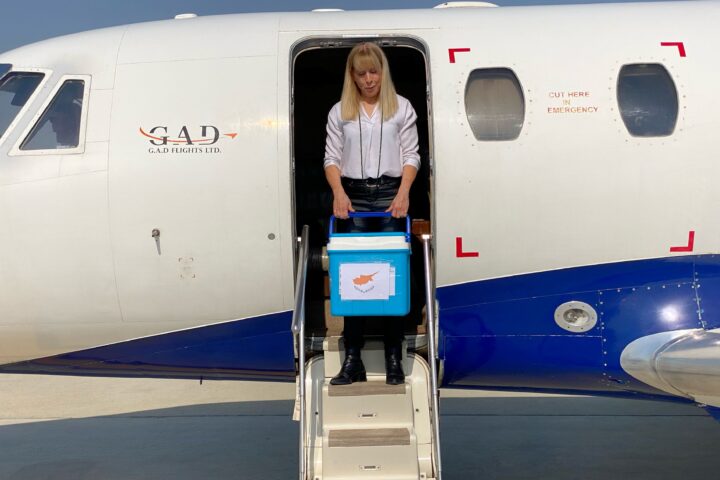By Harris Stefanou
A food allergy is a medical condition in which exposure to certain foods can trigger a harmful immune response.
This allergic reaction occurs because the immune system attacks certain food proteins which are naturally harmless.
In the US, an allergic reaction to food sends someone to the emergency room every 3 minutes.
Efforts to establish a national awareness initiative regarding food allergies began decades ago by worried parents and family members concerned about the lack of advancement in food allergy research.
Food Allergy Awareness month was established in 1998 and is celebrated every May to raise awareness, inform, and support almost 250 million people affected by food allergies worldwide.
Because there is no cure, food allergies can only be managed by avoiding “trigger” foods and quickly identifying and treating reactionary symptoms.
Reactionary symptoms caused by a food allergy include a tingling sensation in the mouth, swelling of the face or other areas of the body, and shortness of breath, amongst others.
What causes the immune system to mistakenly perceive harmless proteins as a threat remains unclear. Factors that increase the risk of developing a food allergy include family history and other allergic conditions, like eczema.
When a family member has been diagnosed with an allergic condition, the risk of other family members developing a food allergy is higher.
Interestingly, the trigger might not be necessarily the same.
According to the Centers for Disease Control and Prevention (CDC), the prevalence of food allergies has risen by 50% from 1997 to 2011.
Notably, the prevalence of food allergies appears to be rising among children under the age of 18.
There is no single explanation as to why the rates of food allergies are rising.
Still, a few theories point to environmental factors related to Western lifestyles, pollution, dietary changes, and less exposure to microbes which alter the response of our immune systems.
Additionally, as society becomes more aware of food allergies and better at diagnosing them, more numbers are reported.
Individuals with a food allergy and their families suffer a financial strain, as well as a heavy psychosocial burden.
The annual cost for caring for children with a food allergy in the USA is estimated to $25 billion.
Some of the social and psychological challenges these individuals face include limited activities outside the home, social isolation, depression, panic attacks and anxiety.
The inadequacy of available treatment options is another factor causing anxiety to individuals and their caregivers.
For someone to be diagnosed with a food allergy, an allergist is required to perform a specialized test.
The test method used in each case varies.
The most common test method used for food allergies is with a skin prick.
This is used for allergens that have an immediate response.
During the skin prick test, the doctor will place a series of drops containing potential allergens on the individual’s skin surface and pricks the skin. If there is an allergic reaction, the skin may start swelling and cause redness.
For allergens with a delayed response, a patch test can be used.
During a patch test, the doctor will place tiny cups containing small amounts of pure food on the individual’s back and leave them for 48 hours.
In cases where skin tests do not work, or are considered unsafe, or are not available for a suspected allergen, a blood test is required.
The doctor will check the patient’s blood sample for antibodies produced by our immune system against various potential allergens.
Living with a food allergy or having a family member with a food allergy causes an effect on the overall quality of life.
The Food Allergy Research and Education (FARE) organization is one of the world’s largest non-profit organizations specializing in raising awareness for food allergies.
The organization was established in 1991 by caring parents and family members who were concerned about the lack of advancement in food allergy research when food allergies were receiving little to zero public or private support.
Since there is no cure for food allergies, raising awareness about early signs, diagnosis, and preventative measures is important for improving the health care of individuals with food allergies and offering support to them and their caregivers.
Harris Stefanou, assistant senior scientist at NIPD Genetics
NIPD Genetics Clinical Laboratories offer blood tests for different food allergens, including the most common like nuts, milk, shellfish, as well as less common allergens like kiwi, banana, shrimp
The content is intended only for educational purposes and should not be perceived as medical advice.










